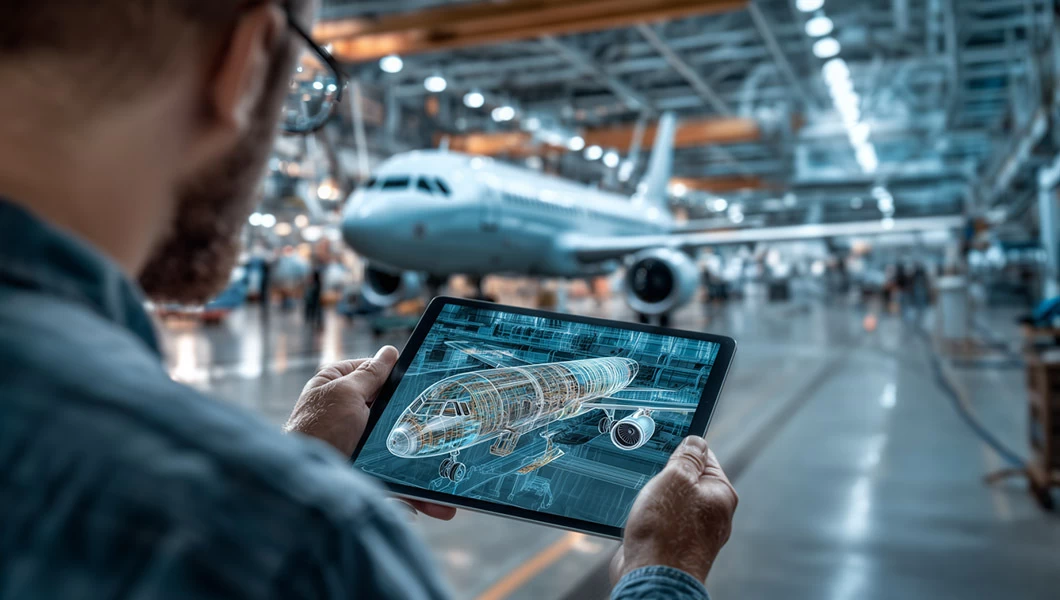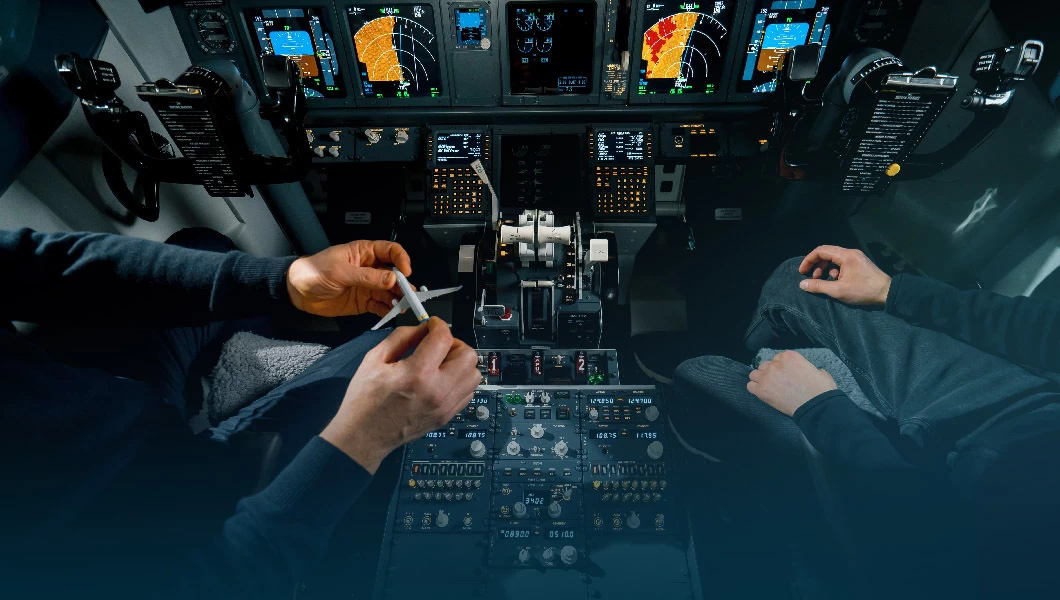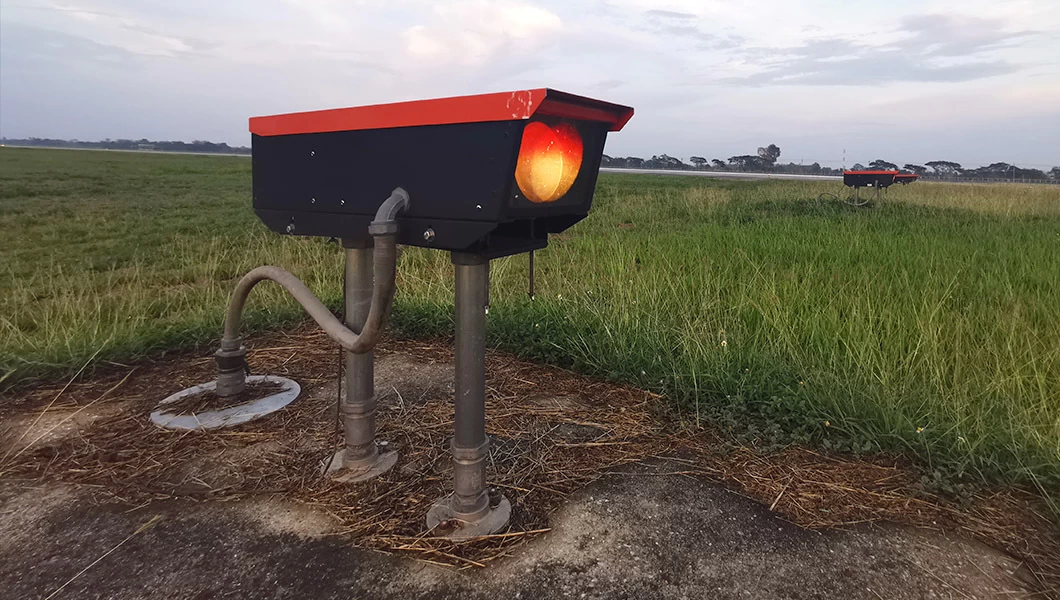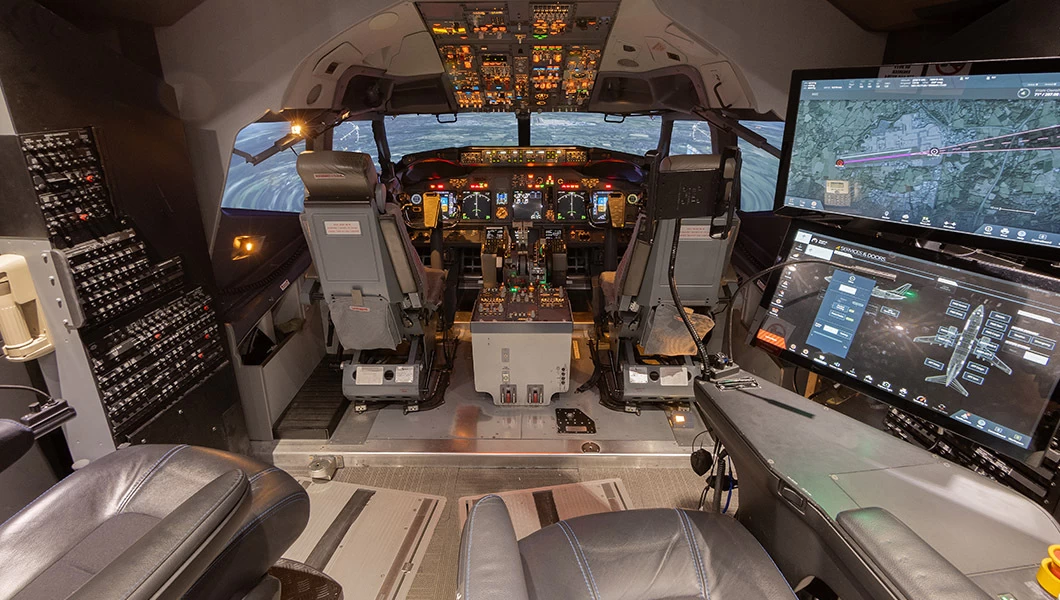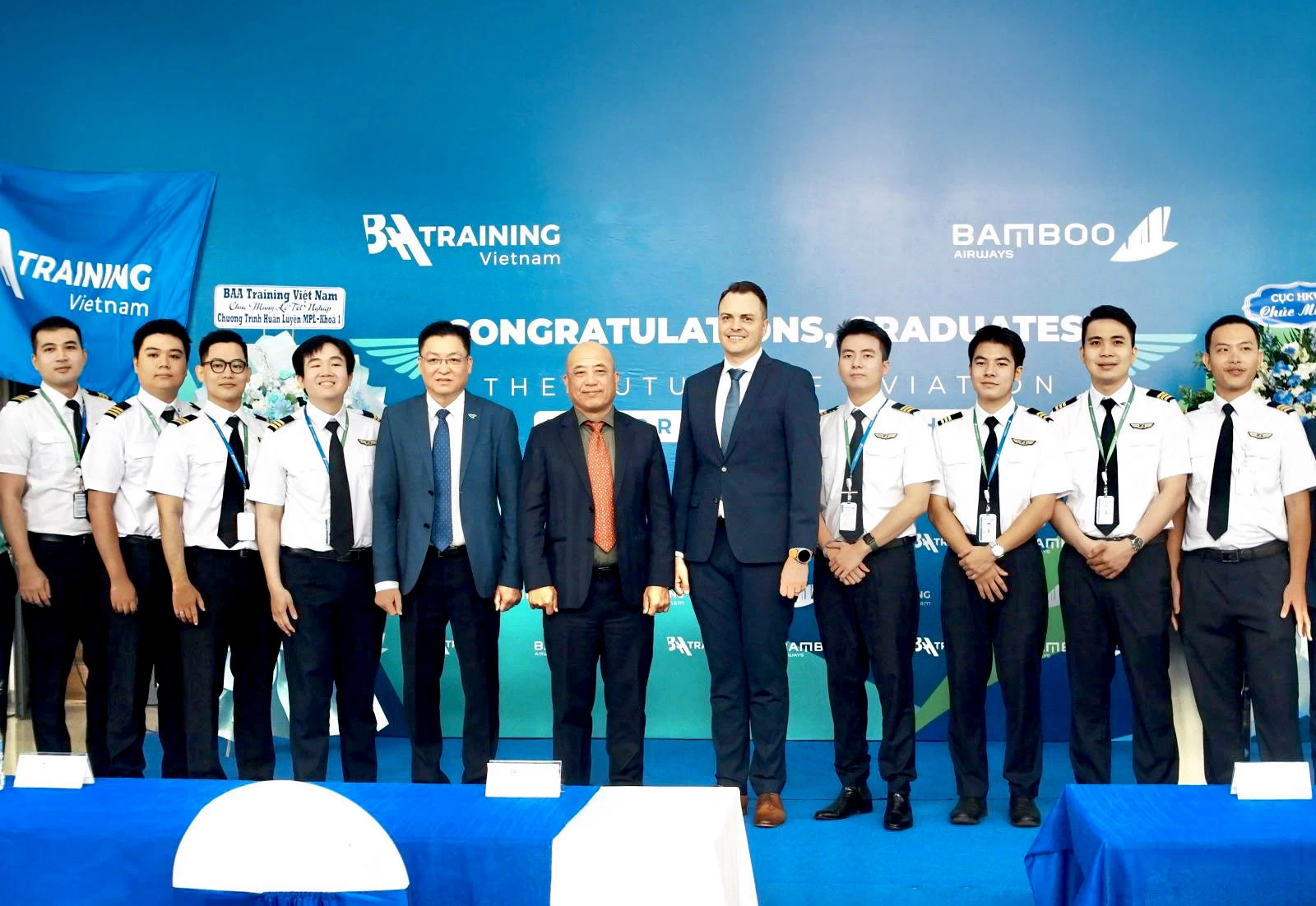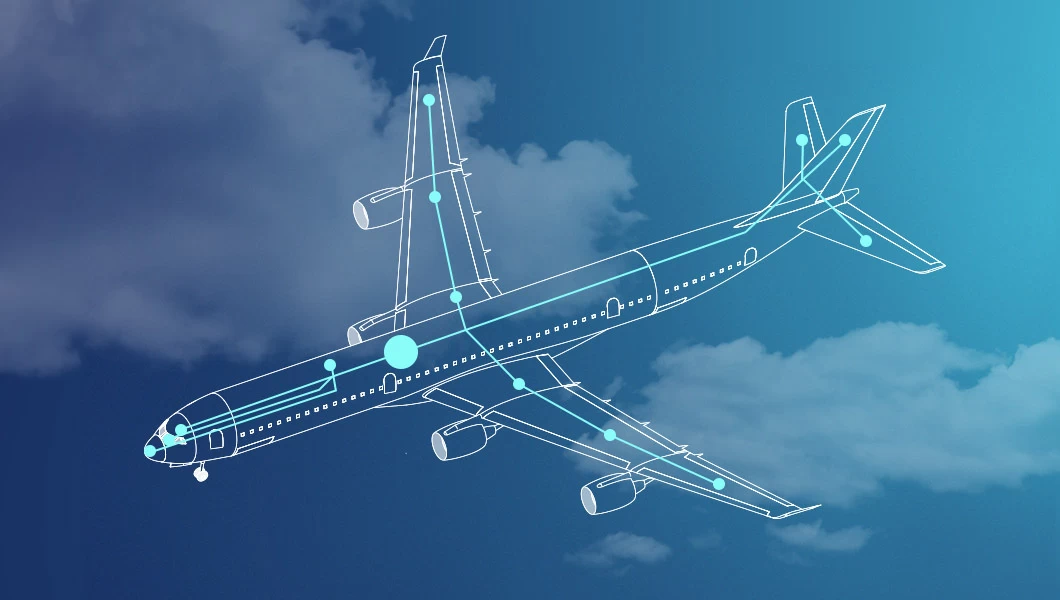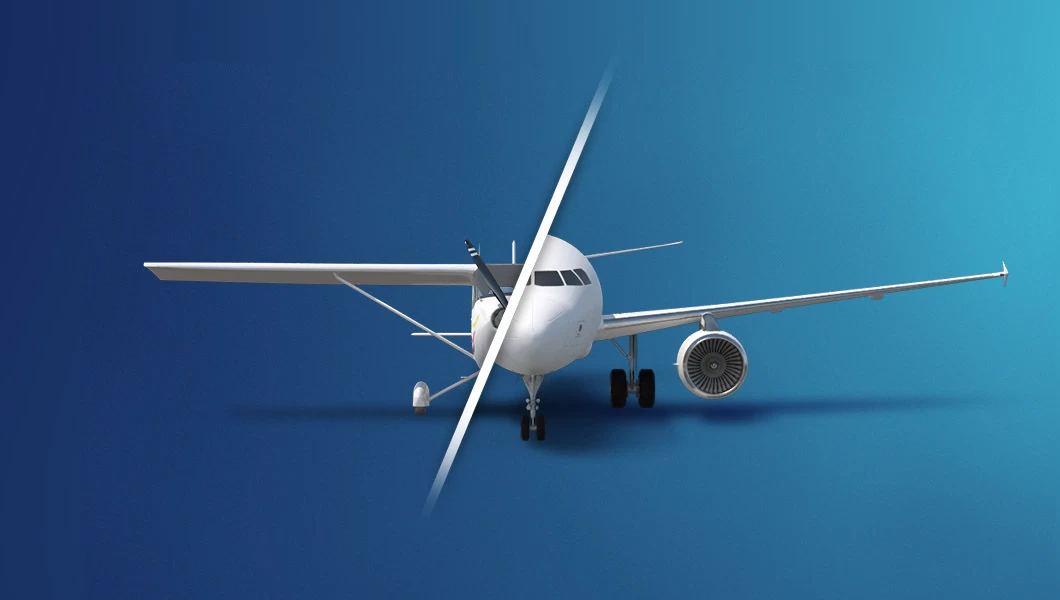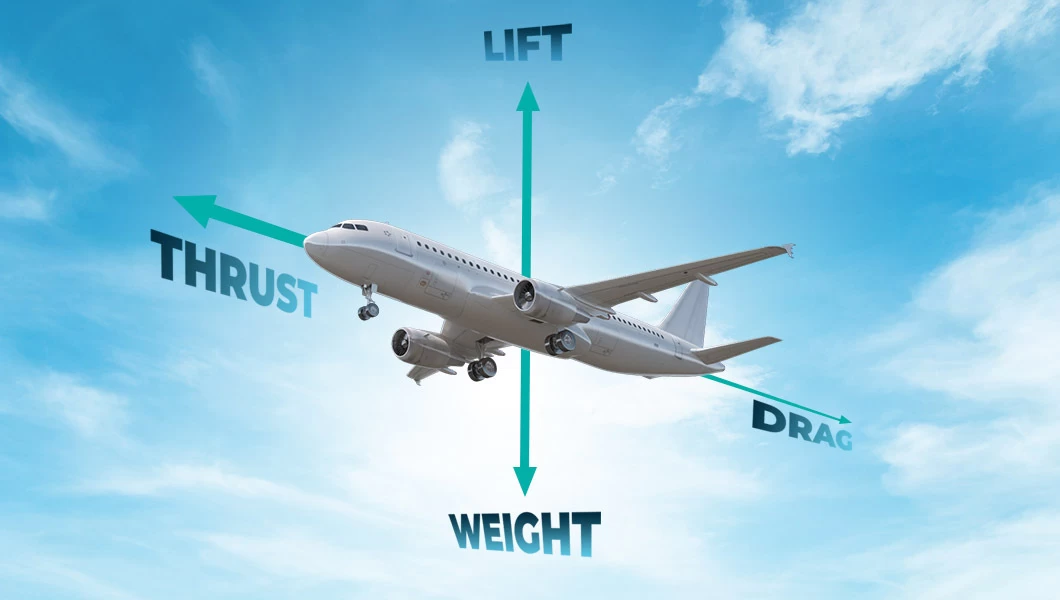A B737 MAX – one of the most advanced aircraft in history and also the most scrutinized – for the moment, is approved for flying almost everywhere in the world. Southwest has recently added 34 B737 MAX 7 orders for delivery in 2022, Ryanair upped its outstanding B737 MAX order by 75 in December 2020 and United Airlines expects a striking total of 380 B737 MAX jets. More airlines have followed or will be likely to follow a similar trend. But what is so special about the B737 MAX, and what advantages does it bring to an airline?
Lower operating costs
Powered by CFM International LEAP-1B engines, the B737 MAX demonstrates remarkable fuel efficiency, enabling airlines that operate the type to keep their costs low. Boeing has estimated the B737 MAX 8 reduces fuel consumption and CO2 emissions by 14% compared to the newest B737NG, and it requires 8% less fuel per seat than the A320neo.
Compared to a fleet of 100 other fuel-efficient airplanes, the B737 MAX 8 emits approximately 305,000 fewer metric tons of CO2 and saves more than 215 million pounds of fuel per year. The figure translates into more than $112 million in cost savings, according to the planemaker.

Diverse sustainability
The above-mentioned reduced fuel emissions make the aircraft sustainable, and so does its capability to leave a 40% smaller community noise footprint. The emissions are approximately 50% below the International Civil Aviation Organization’s (ICAO) Committee on Aviation Environmental Protection (CAEP)/6 limits for nitrogen oxides (NOx). The latest quiet engine technology makes the airplane extremely comfortable to travel by, which is frequently acknowledged by those who have tried it themselves.

Lower maintenance costs
The B737 MAX requires up to 20% lower airframe maintenance than the A320neo and is the easiest aircraft in its class to maintain. Therefore, it takes less time and costs less to service when maintenance comes due.
Maintenance costs form a sizable part of airplane-related operating costs (AROC). These costs affect an airline’s cash flow and its financial health. Usually, they range from approximately 10% to 20% of AROC. While the percentages seem small at first glance, they represent significant sums of money. Large airlines, for instance, have maintenance budgets exceeding $1 billion. Therefore, the maintenance cost reduction is yet another crucial B737MAX’s advantage.
Maximum passenger and pilot appeal
The B737 MAX has been well thought and adapted to both flight crew and passengers.
Its flight deck is more advanced than that of the B737NG. Newer and larger flight-deck displays inside the B737 MAX represent glowing panels enhancing pilots’ experience.
Your PILOT CAREER
starts with a first click
Passengers can enjoy a quiet journey with numerous Sky Interior advancements. They will find larger bins to stow bags that open with a push or a pull, preventing any fumbling or guessing. They can also enjoy the view from elegantly accented large windows. Variable color illumination mimics the time of day, attunes to the stage of flight and projects the airline’s signature colors. Fully adjustable seats ensure a comfortable and pleasant trip.
Longer ranges
The B737 MAX offers extended ranges and, therefore, can cover many destinations across the globe. For instance, the B737 MAX 7 carries 12 more passengers and flies 400 nautical miles (about 741 kilometers) farther than its Airbus rival, the A319neo, on 7 percent lower operating costs per seat.
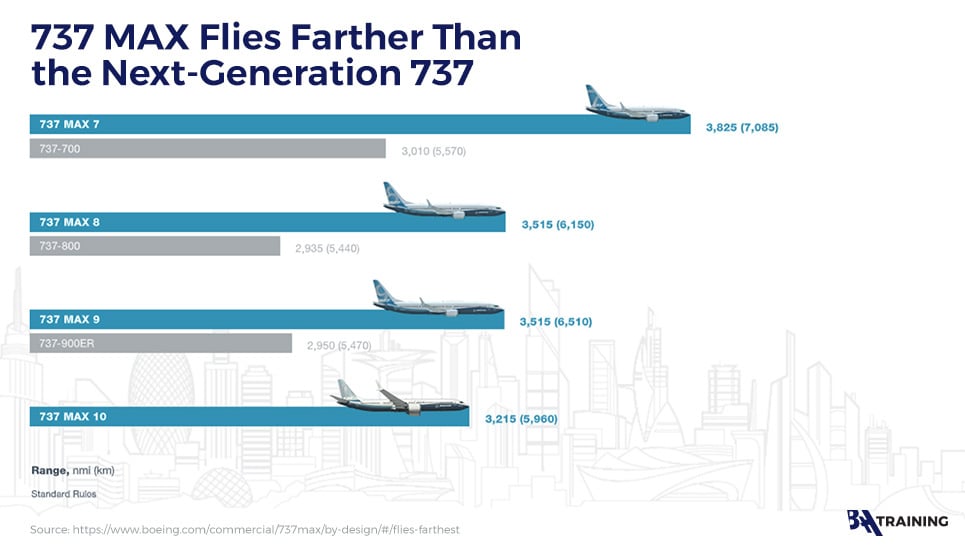
To sum up, the B737 MAX has many strengths over the competition and other variants within the 737 Family. It is a reliable aircraft that is regaining its reputation steadily. Boeing has introduced considerable software changes and put in place stricter pilot training requirements on the type, recognized and trusted by many regulators and airlines worldwide.
BAA Training does support the reintroduction of this efficient airplane to the market. The aviation training academy will offer B737 MAX full flight simulator training in Spain in September 2021.

